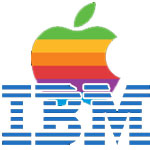January 22, 1998: Microsoft and US Department of Justice
Subscribe! Spotify | RSS | More
1998 – Microsoft reached an agreement with the US Department of Justice regarding Internet Explorer on Windows 95. In the agreement, computer manufacturers could have the IE link removed. This was a small step in the antitrust suit against Microsoft and using bundled software and drive out competition.
The Microsoft antitrust trial would begin on May 18, 1998 and go until November 5, 1999.

Subscribe to Day In Tech History:
RSS Feed - iTunes - Android - Spotify - iHeartRadio
Facebook -
- RSS Bandwidth by Cachefly Get a 14 Day Trial
- Join me on Patreon and support Day in Tech History
- The Famous Apple Macintosh Superbowl commercial
- Microsoft releases IE for Mac
- AOL sues Microsoft on behalf of Netscape for IE
- Cell Phone Tax rejected



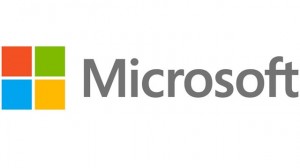

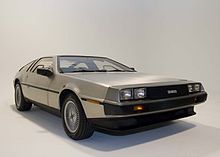

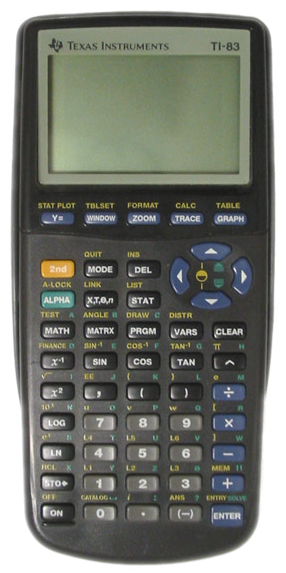





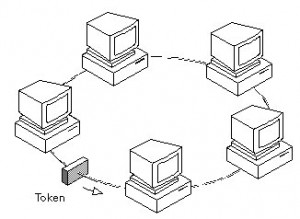
![AppleIBM[1] IBM Apple](https://dayintechhistory.com/wp-content/uploads/2013/07/AppleIBM1-340x250.jpg)
